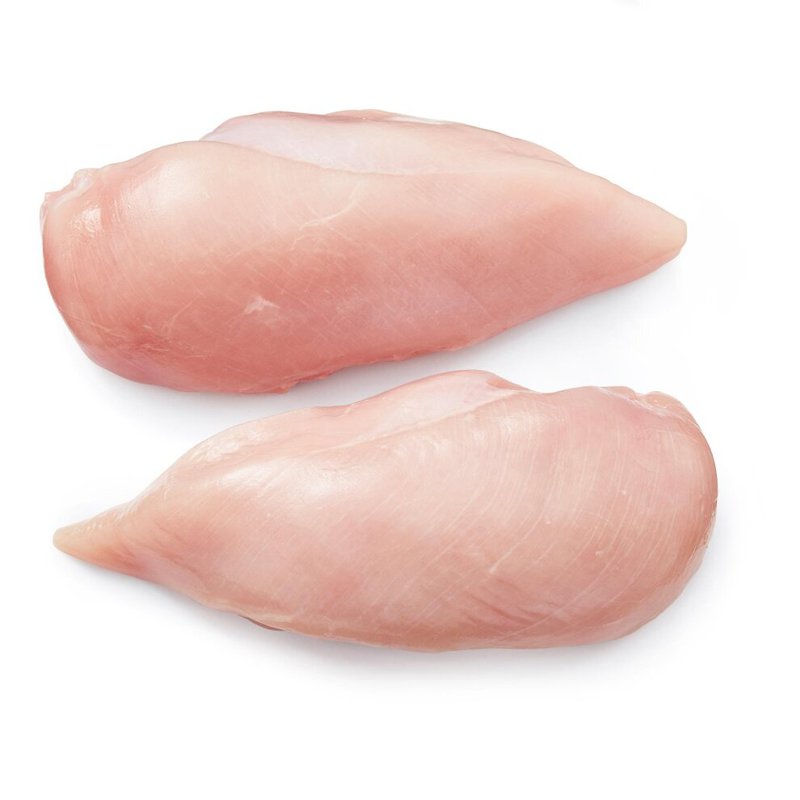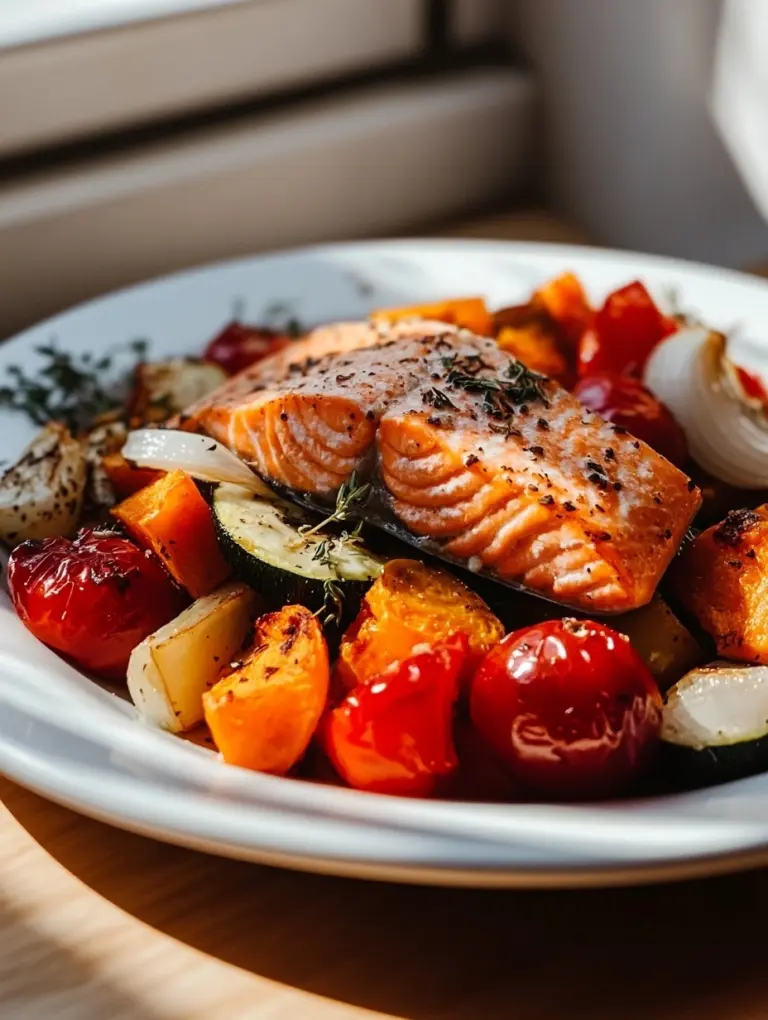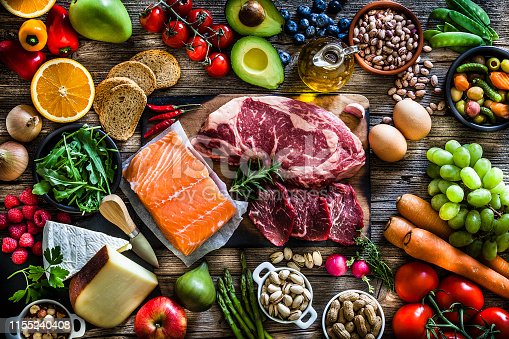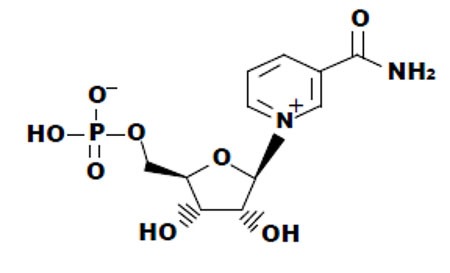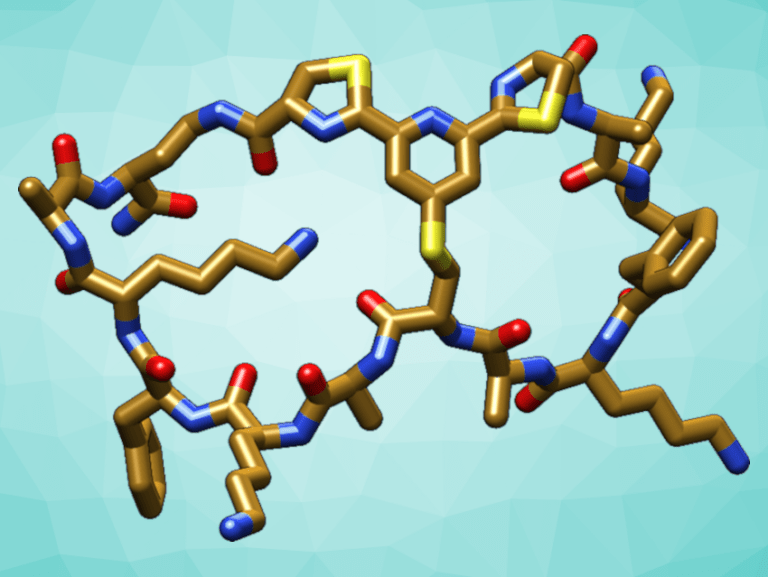The Journey from Farm to Muscle – Understanding the Influence of Chicken Feed and Cut on Amino Acid Profiles
Introduction: Let’s get real—I used to be a white-meat snob….
Introduction:
Let’s get real—I used to be a white-meat snob. Chicken breasts were my go-to: lean, predictable, and “healthy.” Then, during a family barbecue, my uncle grilled chicken thighs marinated in garlic and paprika. One bite, and I was hooked. The flavour? Rich. The texture? Succulent. It got me thinking: Why had I been avoiding dark meat for so long?
Turns out, dark meat isn’t just delicious—it’s a nutritional powerhouse. With a slightly higher fat content (mostly unsaturated) and a bolder taste, it’s time we rethink its role in our diets, especially for those of us over 50 looking to maintain muscle and vitality. Let’s dig in.
1. Dark Meat vs. White Meat: A Culinary and Nutritional Showdown
Why Dark Meat Gets a Bad Rap
Dark meat’s reputation as “fatty” isn’t entirely fair. Yes, it has more fat than chicken breast—but here’s the kicker: most of it is unsaturated , the kind that supports heart health. Plus, that fat is what makes it so darn juicy and flavourful. Ever overcooked a chicken breast? Dry, chalky, and sad. Dark meat? Forgives a little kitchen negligence.
The Protein Debate
Chicken breasts are lean protein champions, no doubt. But dark meat brings its own strengths:
- Amino Acid Diversity : Dark meat contains more collagen and glycine, supporting joint and skin health—critical as we age.
- Micronutrient Boost : Higher levels of iron, zinc, and B vitamins help combat fatigue and support metabolism.
My Take : Think of white meat as the “quick protein fix” and dark meat as the “flavour-and-nutrient combo meal.” Why choose when you can have both?
2. The Feed Factor: You Are What Your Chicken Eats
The Hidden Story Behind Chicken Nutrition
Here’s a truth bomb: The diet of the chicken directly impacts the meat’s nutritional value. Chickens raised on nutrient-rich feed (like flaxseed or soybean meal) produce meat with higher levels of methionine (key for muscle repair) and omega-3s (anti-inflammatory superheroes).
I once visited a local farm where chickens roamed freely and pecked at insects and greens. The farmer joked, “These birds eat better than most people!” The result? Meat that tasted richer and had a deeper colour—a visual cue of its nutrient density.
The Cost Conundrum
High-quality feed costs more, which is why pasture-raised or omega-3-enriched chicken comes with a higher price tag. But consider this:
- Budget-Friendly Hack : Mix dark meat (often cheaper than breast) from well-fed chickens into stews or stir-fries. You’ll get more flavour and nutrients per dollar.
3. Cooking Smarts: Maximizing Flavor and Nutrition
Dark Meat’s Culinary Superpowers
Dark meat’s fat content makes it incredibly versatile:
- Slow-Cooked Comfort : Braised thighs in a coconut curry? The fat melts into the sauce, adding richness.
- Grilling Hero : Thighs stay moist on the grill, unlike boneless breasts, which need babysitting.
White Meat Hacks
If you’re sticking with chicken breast:
- Brine It : A 30-minute soak in saltwater keeps it juicy.
- Slice Thinly : Pound breasts into cutlets for quick-cooking dishes like piccata.
4. Why This Matters After 50
Muscle Maintenance on Your Mind?
After 50, muscle loss (sarcopenia ) becomes a real concern. Protein is non-negotiable—but so is enjoyment. Dark meat’s higher calorie and fat content can help meet energy needs without forcing you to choke down dry chicken breast seven days a week.
A friend of mine, Sarah, switched to a mix of dark and white meat after hitting a plateau in her strength training. “I finally stopped dreading meal prep,” she told me. “Plus, my energy levels are steadier.”
Bone and Joint Health
The collagen in dark meat supports joint health, which is music to the ears of anyone who’s ever groaned getting out of a chair after a long hike.
5. Practical Tips for Savvy Shoppers
Decoding Labels
- “Pasture-Raised” : Chickens with access to outdoors tend to have better nutrient profiles.
- “No Antibiotics” : Avoids unnecessary additives, which can disrupt gut health.
- “Omega-3 Enriched” : Look for feeds with flaxseed or algae.
Balancing Budget and Nutrition
- Splurge on Dark Meat : It’s often cheaper than breast and more forgiving to cook.
- Buy Whole Chickens : Roast a whole bird, use the breast for salads, and save dark meat for soups or tacos.
6. My Favorite Dark Meat Recipes
1. Garlic-Herb Chicken Thighs (One-Pan Wonder)
- Ingredients : Chicken thighs, garlic, rosemary, lemon, olive oil.
- Method : Sear thighs skin-side down, add aromatics, roast at 375°F (190°C) for 25 mins. Serve with roasted veggies.
2. Chicken Drumstick Curry
- Ingredients : Drumsticks, coconut milk, turmeric, ginger, spinach.
- Method : Sauté spices, simmer drumsticks in coconut milk, finish with spinach. Serve over rice.
Conclusion: Embrace the Dark (Meat) Side
Gone are the days of demonizing dark meat. For those of us over 50, it’s a flavourful, nutrient-dense ally in maintaining muscle, energy, and joy in eating. By choosing wisely (and maybe spending a few extra bucks on quality), we can turn mealtime from a chore into a celebration.
Your Turn : What’s your favourite way to cook dark meat? Share your go-to recipes or tips in the comments—I’m always looking for new inspiration!
Disclaimer: This blog post is crafted for informational purposes and isn’t an endorsement of any supplements. Consultation with professionals is vital when making health or athletic decisions.

